The rise of human-elephant conflict and finding a way to mitigate it is a major concern for Mara Elephant Project rangers in 2017. We have needed to expand our area of operation to respond to farmers growing concerns over crop raiding elephants. One such area is the eastern Mau Forest, which is the largest water catchment area in Kenya because it’s the source of the Mara River and others that then drain into to Lake Victoria.

MEP rangers stationed in the forest on patrol.
MEP had been receiving information from the local community of elephants destroying crops in communities bordering the Mau Forest. Elephants had been visiting farms at night and then disappearing inside the forest before first light making it dangerous for the farmers to combat crop raiding at night. Additionally, MEP was concerned for the elephant’s safety as the tensions were growing.
In response to this MEP rapid response units have had a nearly constant presence in the Mau Forest in September and October. Our six-ranger rapid response unit has been patrolling and monitoring the elephants in the Olenkuruone area of the Mau Forest for two weeks at a time. These teams were comprised of four MEP rangers and two Kenya Wildlife Service (KWS) rangers that specialize in monitoring elephants outside of protected areas in the Mara. They wanted to gather information on the extent of human activity going on inside the forest and the density of elephants. During the operation rangers found four suspected crop-raiding elephants on the Olenkuruone boundary. Rangers monitored the movements of these four elephants and at night looked after the crops to keep elephants from destroying them overnight. Additionally, MEP rangers gathered intelligence from the community to better track elephant movements as well as worked with some who were familiar with the forest to patrol the eastern portion.

MEP ranger patrol tracks.
In addition to the crop raiding elephants, what the rapid response unit found was unexpected; three large herds of elephants (over 30) call this forest home and unfortunately, there was an alarming level of human activity.
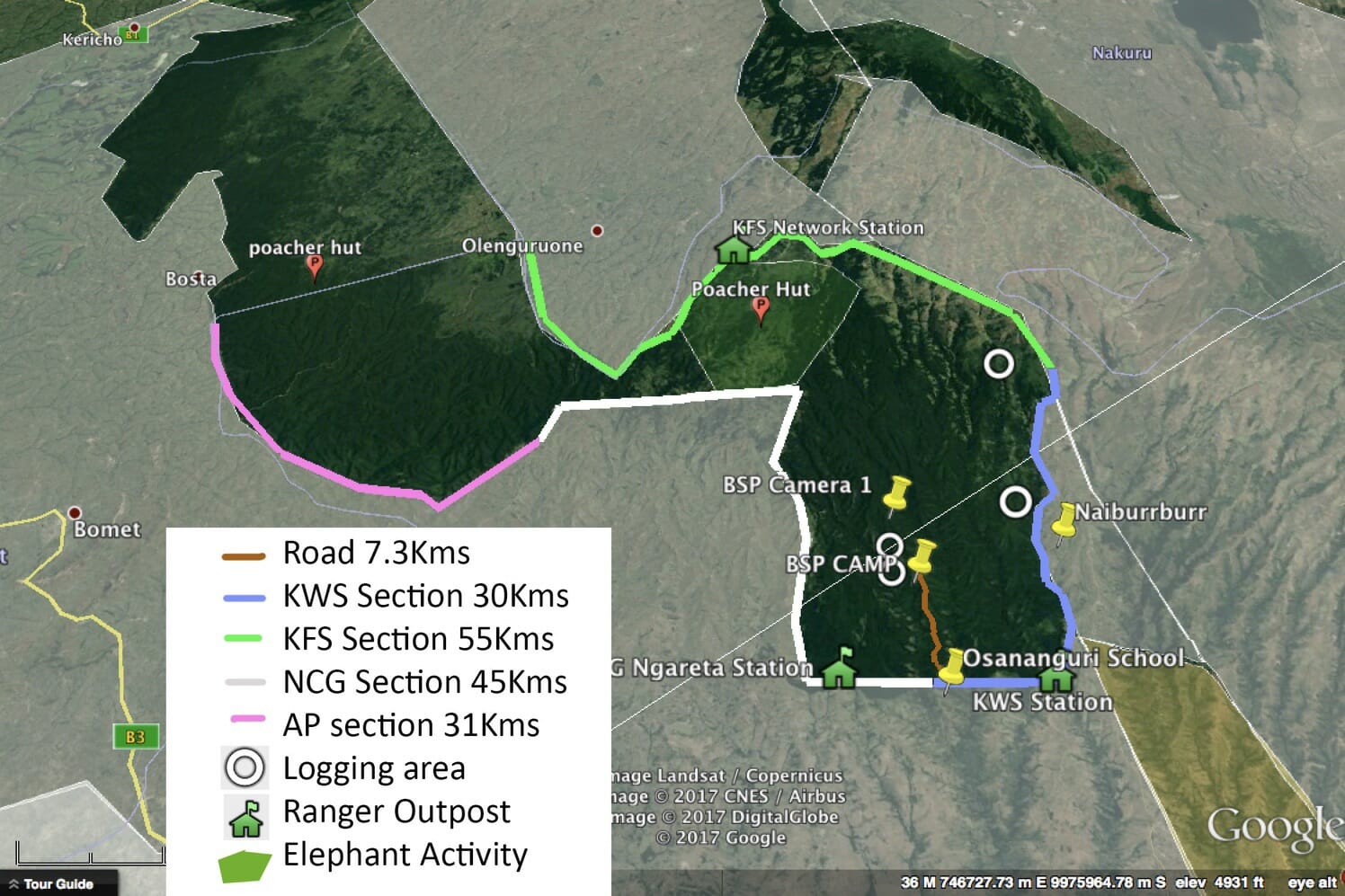
A map of illegal activity in the forest.
In order to provide support for MEP’s boots on the ground, we also flew three reconnaissance flights in the Karen Blixen Camp Ree Park Safari helicopter over the Mau Forest. What we noticed was that the Mau Forest had significant logging of pencil cedar and a large operation was running to move the timber out of the forest. Overall, MEP rangers were very concerned about what they saw in the Mau Forest. At the current rate of logging large portions of the forest will be lost in a very short time and this habitat is imminently threatened. Poaching of wildlife inside the forest continues and crop raiding elephants in the Olengurone settlement area are a major concern.
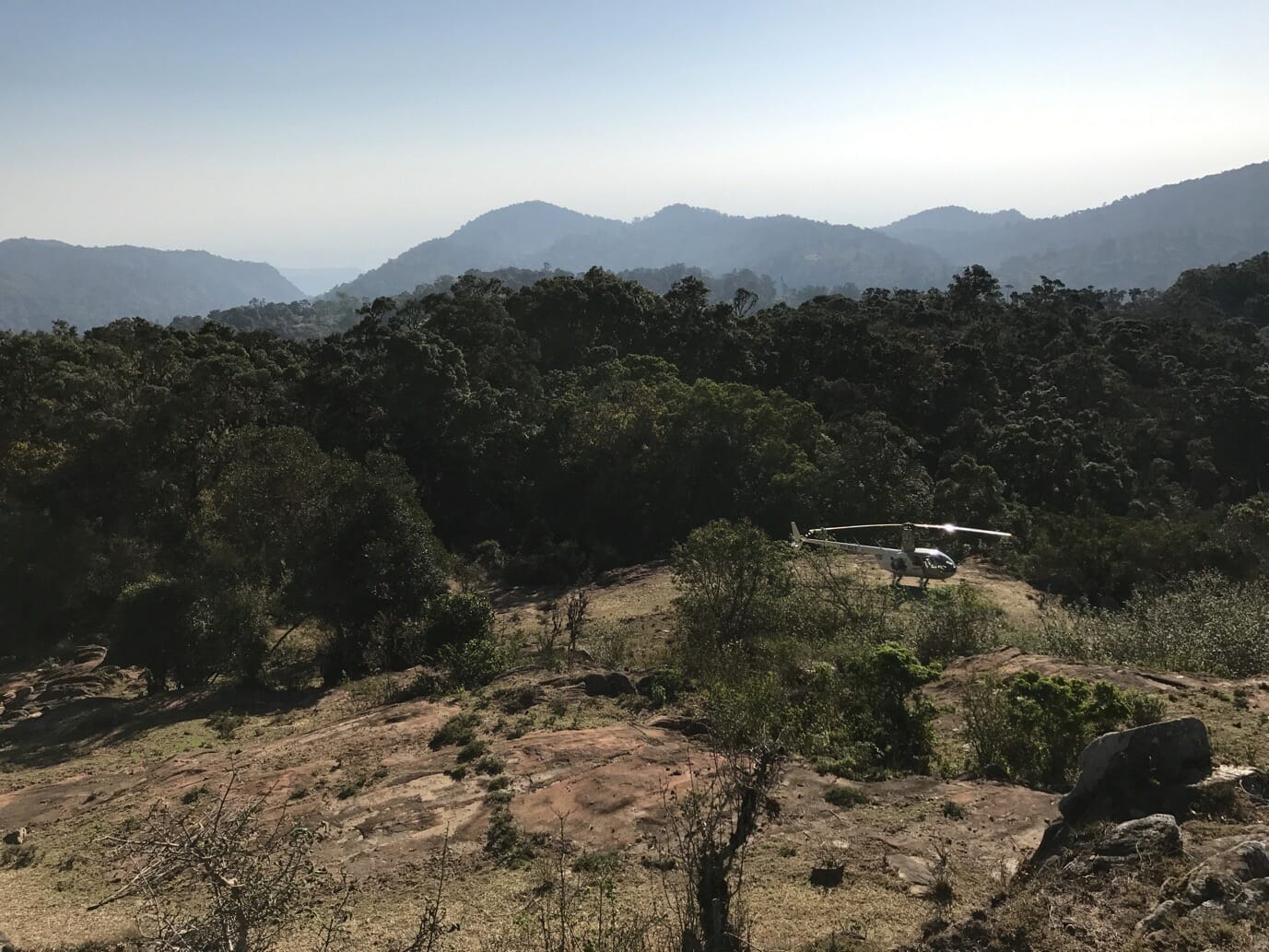
The MEP helicopter landing pad while out on reconnaissance flights.
Since these findings, the MEP intelligence unit has been hard at work contributing to gathering intelligence that has led to arrests and the closure of illegal logging operations. We’ve reported our finding to the KWS, Narok County Government (NCG) and the Kenya Forest Service (KFS) to bring this serious illegal logging issue to light. More data collection on elephant movements, ranger patrols and logging needs to be collected and shared among KWS and NCG to inform patrols. The best MEP method for doing this is by collaring two elephants in the Mau Forest to monitor their movements in real time and collect important data.
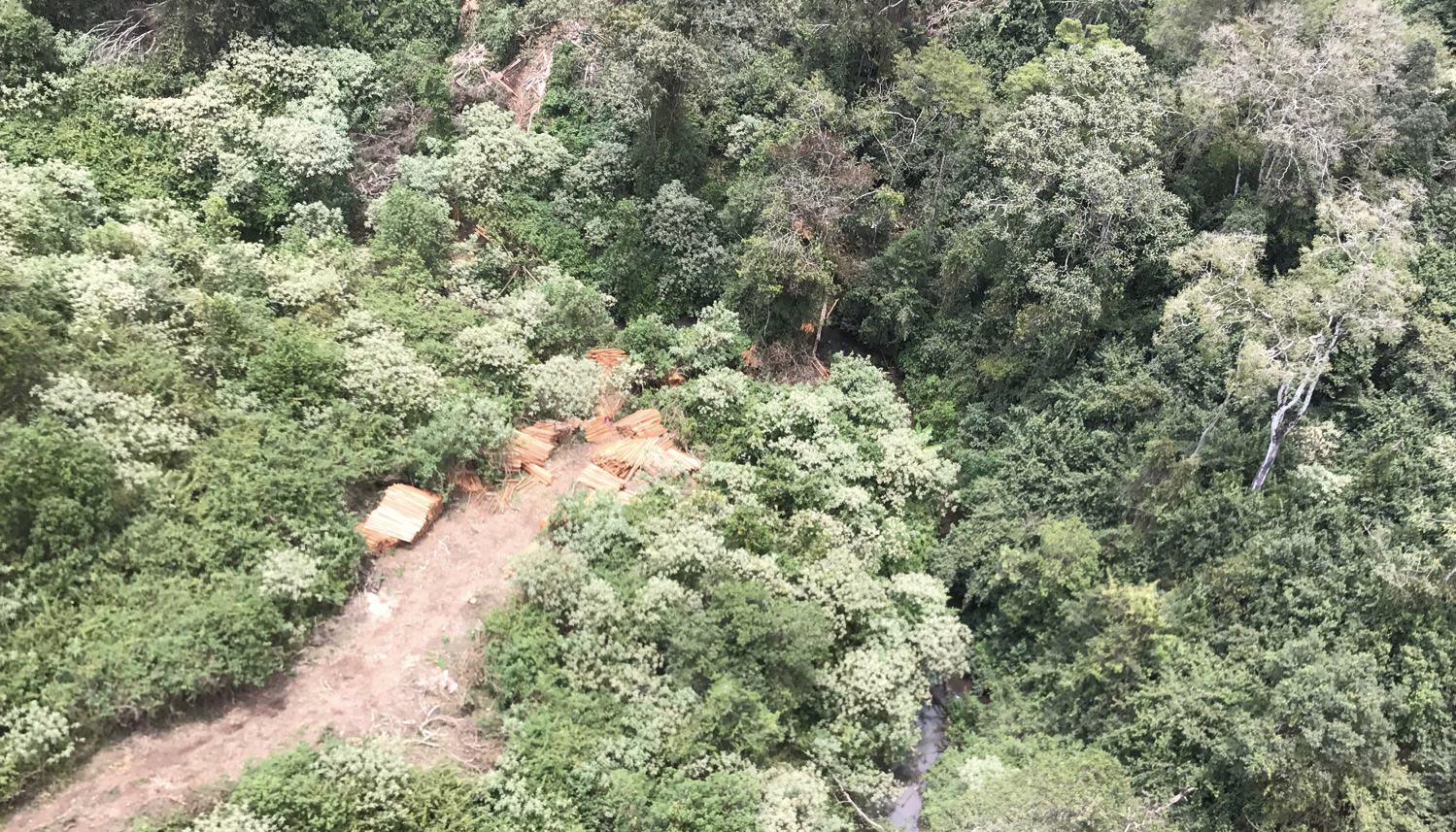
An aerial view of an illegal logging operation.
Our candidates would include a notorious crop raiding male elephant and a female elephant that would represent one of the large herds in the Mau Forest; however, the forest presents a major challenge for elephant collaring. Through our boots on the ground efforts MEP rangers identified two good candidates in the forest and we’ve been granted permission from KWS to collar them, but getting to them was another story.
So, in the last two weeks, MEP joined KWS to collar our two selected candidates. A large herd of 50 elephants wandered into the lower bamboo forest that contained less dense foliage so it was the perfect opportunity to collar a female elephant we had previously flagged for being a good collaring candidate.

Elephant Nancy being fitted with her collar.
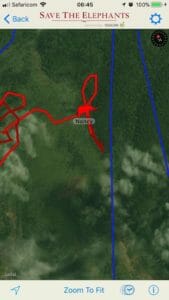
The collaring went off without a hitch and now Nancy, as we’ve called this elephant, is registered on the Save The Elephants app (see her tracks left) and her collar has been working perfectly. The extremely valuable real-time data we will collect from her collar will allow us to remotely track her herd’s movements and determine the health and safety of these elephants in this highly contentious area.
The bull elephant, Wilber, was a part of a smaller bull herd which was coming out of the forest at night and crop raiding in farms. His collaring too went off without a hitch and the data collected from him will be used to help mitigate human-elephant conflict in the Mau Forest.
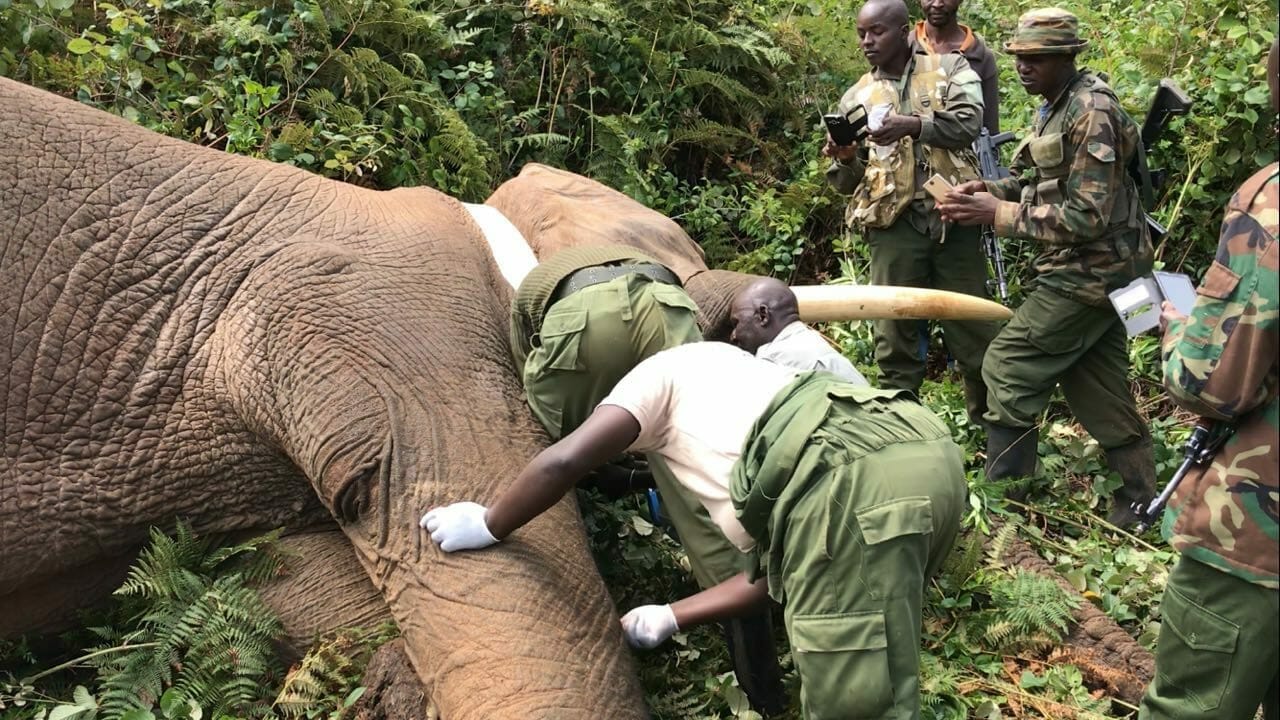
Wilber being collared was a team effort. Look at his size!
The addition of these two new collared elephants brings MEP’s total to 22, which is a number we are continuing to expand in 2018.


